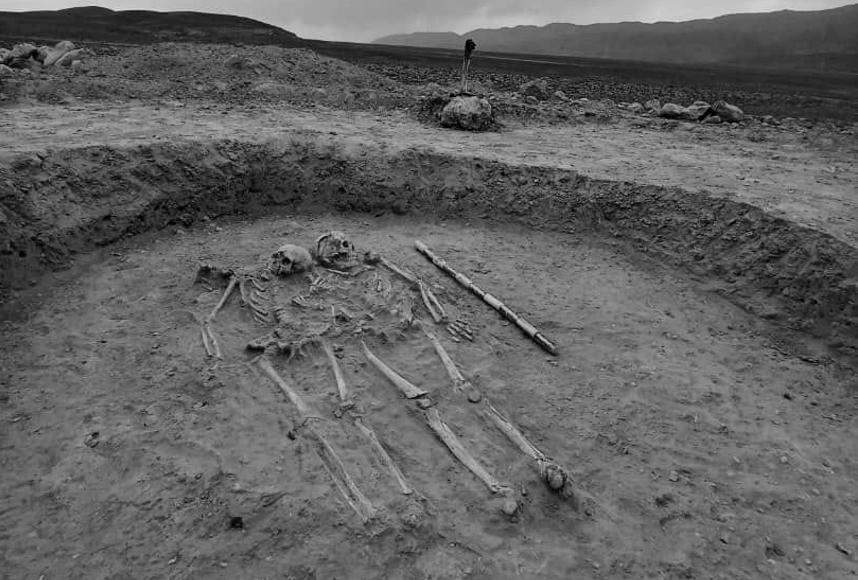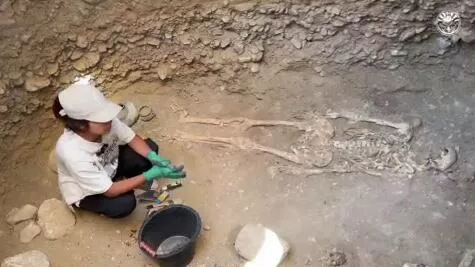
Human remains estimated to be two thousand years old have been discovered during ongoing archaeological excavations in Kyrgyzstan`s southern Batken region. This significant find was announced by representatives of Batken State University.
According to the university`s statement, the discovery was made at the Kyzyl-Koshun-1 burial ground in Batken District, where active archaeological research is currently underway.
Scholars suggest that the burial dates back to the Huns era. Alongside the human remains, various artifacts were unearthed, including weaponry, clay pots, and other household utensils, providing valuable insights into the daily life and practices of people from that period.

These excavations are a collaborative effort between the Institute of History, Archeology, and Ethnology of the National Academy of Sciences of Kyrgyzstan and Batken State University. The multi-year project began in 2023, initially focusing on obtaining high-quality drone photographs and creating a detailed schematic plan of the burial site, with the involvement of Czech specialists. In 2024, the work continued with the comprehensive mapping of the burial ground, during which an impressive 119 kurgans (burial mounds) were identified, leading to the commencement of major field archaeological investigations. The current work in 2025 represents a logical progression of these previous stages and is actively ongoing.
University representatives emphasized that the excavations are conducted transparently and are open to the public, offering everyone an opportunity to observe the archaeological process firsthand and personally witness the unique historical heritage of ancient epochs.
It is noteworthy that prior to these current efforts, the last significant archaeological work in the Batken District took place nearly half a century ago, between 1954 and 1960. Experts believe these new findings substantially broaden the scope for an in-depth study of the historical past, not only of the Batken region but also of Kyrgyzstan as a whole.











